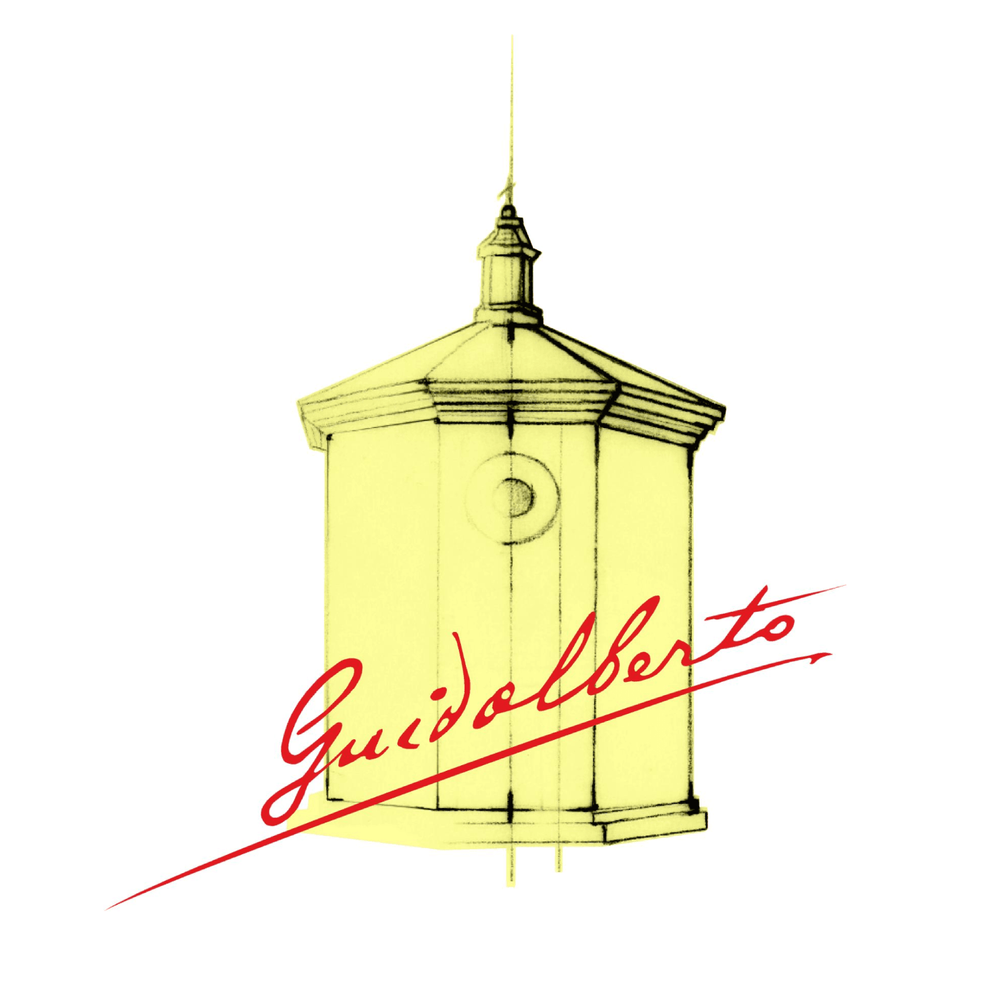Vintage
GUIDALBERTO 2013
CLASSIFICATION
IGT - Toscana
FIRST VINTAGE ON THE MARKET
2000
GRAPES
Cabernet Sauvignon, Merlot

Guidalberto
SOIL STYLE
The soils on which the vineyards stand has varied and complex terrain features with a strong presence of limestone, feature areas rich in marl and pebbles as well as being partly clayey; they sit at an altitude of between 100 and 300 metres above sea level, with a south/south-west exposure.
WEATHER TRENDS
It was a fantastic year in every respect. After a fairly mild start to the winter, from the end of November through to the end of January, temperatures turned cold with very cold and rainy days. Spring started late and some frosts in April halted the sprouting, which also caused natural conditions of lower production. From May, the temperatures began to rise again, but gradually and with wet days with light rain. From the beginning of June, summer began with high temperatures but within seasonal averages and sporadic rains at the most opportune times to bring cooling and water supply to the vineyards. The continuation of the summer up to the harvest occurred under optimal conditions with a good temperature variation between day and night, favouring the aromatic extraction of the Cabernets.
HARVESTING
Harvesting, strictly by hand, took place without interruption, beginning in the last week of August with the Merlot grapes and then from the first ten days of September for the Cabernet Sauvignon grapes. The harvest of the Guidalberto grapes was completed on 22 September.
FERMENTATION
Very gentle pressing and destemming of the grapes. Fermentation in steel vats at a controlled temperature of around 30° - 31° C (without the addition of external yeasts), with maceration of the grapes for around 12-14 days for the Merlot and 9-10 days for the Cabernet Sauvignon. During fermentation, subsequent pumping over and offloading happened. Malolactic fermentation took place in steel vats.
AGEING
Once malolactic fermentation was complete, the wine was placed in French oak barriques, and a small part in American oak, where it was aged for a period between the 20 and 25 months. The duration of the ageing is technically decided on the basis of the seasonal trend of the vintage.